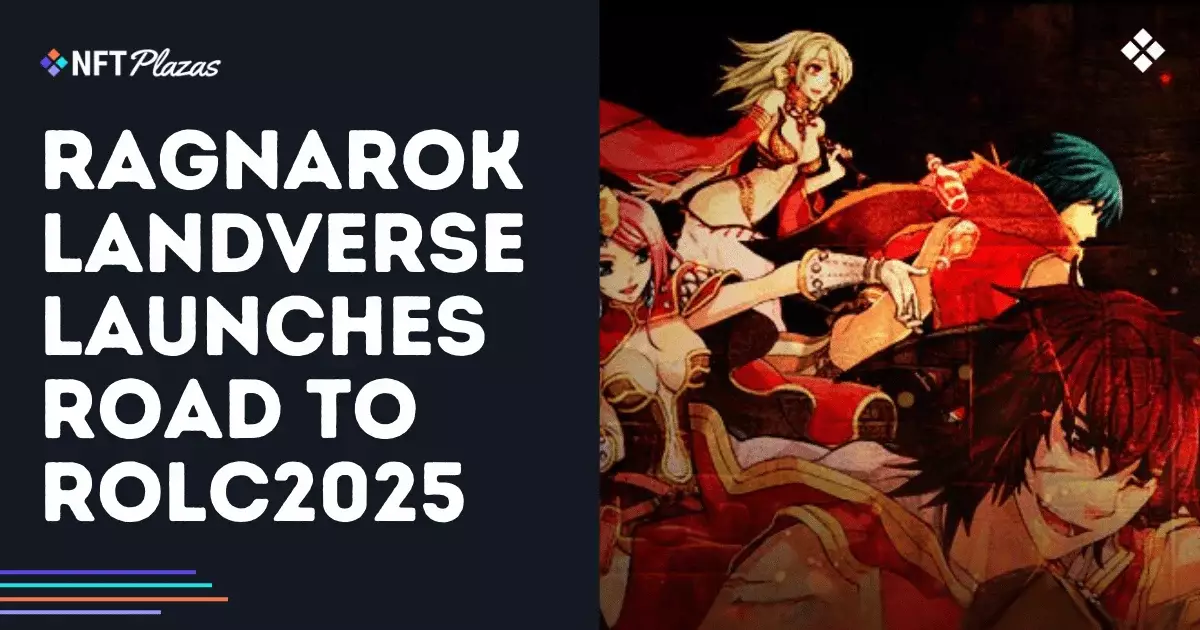In the rapidly evolving ecosystem of esports, where individual skill often reigns supreme, the introduction of guild-based competitions like Ragnarok Landverse: Genesis marks a significant shift in dynamics. The game’s newest tournament structure, the Road to ROLC2025, disallows solo play, compelling players to engage in communal strategizing and teamwork. This decision, while controversial, could resurrect the very essence of gaming that thrives on cooperation. In an age that glorifies competitive individualism, this format serves a greater narrative—collaboration may yield triumphs far greater than those achieved through lone efforts.
This identity of guild alliances also fosters a sense of belonging and camaraderie, traits often overlooked in fast-paced competitive games. However, the challenge is whether players can muster the spirit needed to work as a cohesive unit. There’s an inherent risk here: a poorly functioning guild could lead to a disastrous competitive experience. Yet, one cannot help but appreciate that this strategic alliance could elevate gameplay, creating moments of heightened drama and mutual stakes.
The Structured Pathway to Success: Points and Prizes
One of the most thrilling aspects of the Road to ROLC2025 is its league-based scoring mechanism, which emphasizes territorial control, ushering in more strategic depth than mere high scores. With emphasize on “War of Emperium” (WoE) battles, guilds vie for control over five castles, giving them a tangible stake in each match. The structure promises an engaging spectacle while adding significant tactical layers to what could easily fall into the trap of monotony.
And let’s not forget the prize pool, which brings a tantalizing $30,000 for the first season alone. This financial incentive isn’t merely a motivator but a potential game-changer in attracting diverse talents who may otherwise shy away from esports due to financial barriers. The distribution system—from hefty sums for the top performers to minor rewards for those who still put up a fight—ensures multiple guilds have their eyes set on emerging victorious and being recognized.
Stability and Progression: Minor and Major Events
The two-tier structure of Minor and Major Events adds another layer of excitement and incentivizes consistent performance over sudden bursts of excellence. As guilds navigate through the carefully laid-out framework, they not only have to focus on immediate results but also strategize for long-term positioning. The emphasis on collective performance brings a refreshing dynamic that echoes the best moments of classic team-based sports, something that pure individual competition has frequently overlooked.
As guilds advance from the Minor to the Major Event and face the cutthroat environment of Round Robin competitions, one can only wonder: will they rise to the occasion or succumb to the pressures of competitive gaming? The strategic phase’s setup provides a rich narrative ripe with drama, as teams grapple with both the philosophy of teamwork and the pressures of individual performance.
Community Building Through Shared Goals
The compelling demand for guild participation reshapes community standards within the gaming landscape. Given that success stems from collaboration rather than isolation, players from all walks of life will be encouraged to come together, fostering interaction that can cultivate friendships beyond the screen. This initiative could serve as a blueprint for future gaming endeavors across different platforms, potentially leading to forums where players not only exchange strategies but also build much-needed relationships that enrich their gaming experience.
However, there lies a caveat. Creating such an inclusive community demands transparency, communication, and responsiveness from both developers and players. It’s imperative that the guilds embrace shared goals without devolving into toxicity. Mismanagement of these interactions could sour the cooperative spirit that this tournament aims to instill.
The Road Ahead: Potential Challenges and Triumphs
As exciting as the Road to ROLC2025 appears, navigating these waters is fraught with challenges. From ensuring that guilds are balanced in skill level to maintaining the integrity of the competitive structure, the burden of implementation rests heavily on the developers’ shoulders. Any hiccup can lead to disgruntled players who might contend that the system is inherently unfair.
Nonetheless, the ambition and vision driving Ragnarok Landverse: Genesis may set a precedent that disrupts the status quo in esports, potentially birthing a new age of collaborative competitive gaming that champions strategy over solitary skill. Ultimately, as these guilds traverse the Road to ROLC2025, they will not only shape their own destinies but also influence the broader landscape of esports for years to come.

